It studies such distinctive features and monuments of Medieval Indian Architecture as `Chittorgadh Kirtti-Stambha'; `Gujari-Mahal of Gwalior Fort'; `Kushk-Mahal of Chanderi'; `Design of the Tombs of Sasaram'; `Navgraha' (Nine-House) Plan of Mughal Buildings; `Meaning and Purpose of Minar'; `Fauna and Flora'; `Kashikari' (art of glazed-tiling); and temples of Sri-Govinda-Devaji. They belong to different architectural styles and sub-styles, and they are both `Hindu' and `Muslim'. `Medieval' architecture does not mean `Muslim' architecture alone. Such Hindu buildings as the Kirtti-Stambha of Maharana Kumbha at Chittorgadh (1440-60 A.D.); The Gujari-Mahal of Gwalior Fort (1486-1516) and temples of Sri-Govinda-Devaji (from Vrindaban to Jaipur, c. 1534-1727 A.D.) which have been studied here, were built during the medieval period, and these too constitute Medieval Indian Architecture, and represent the main trends and currents of Medieval Indian Civilization, as do the typical Sultanate and Mughal monuments.
The last chapter is a full monograph on the itinerary of Sri-Govinda-Devaji, and his nine temples built on the way, from Vrindaban to Jaipur, from c. 1534 to 1727 A.D. when the deity was fleeing from the iconoclastic decree of Aurangzeb and, in a greater degree, it also deals with the metamorphosis of the Hindu Temple, and the deity, from the classical to folk. The Kachhwahas of Amer-Jaipur played an extremely important role in this temple movement, which has been highlighted in this work, for the first time.


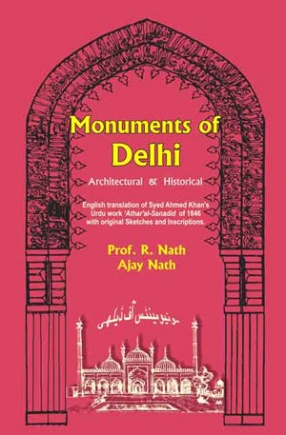
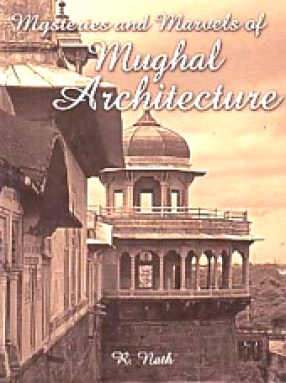

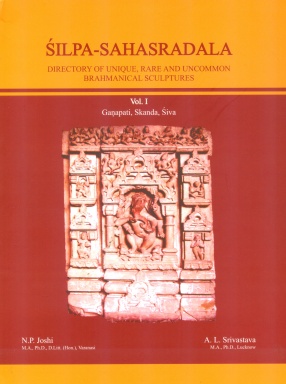
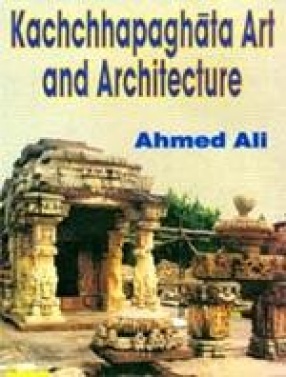
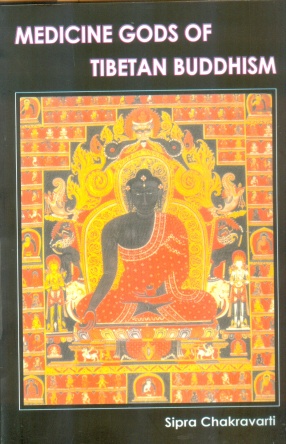
There are no reviews yet.